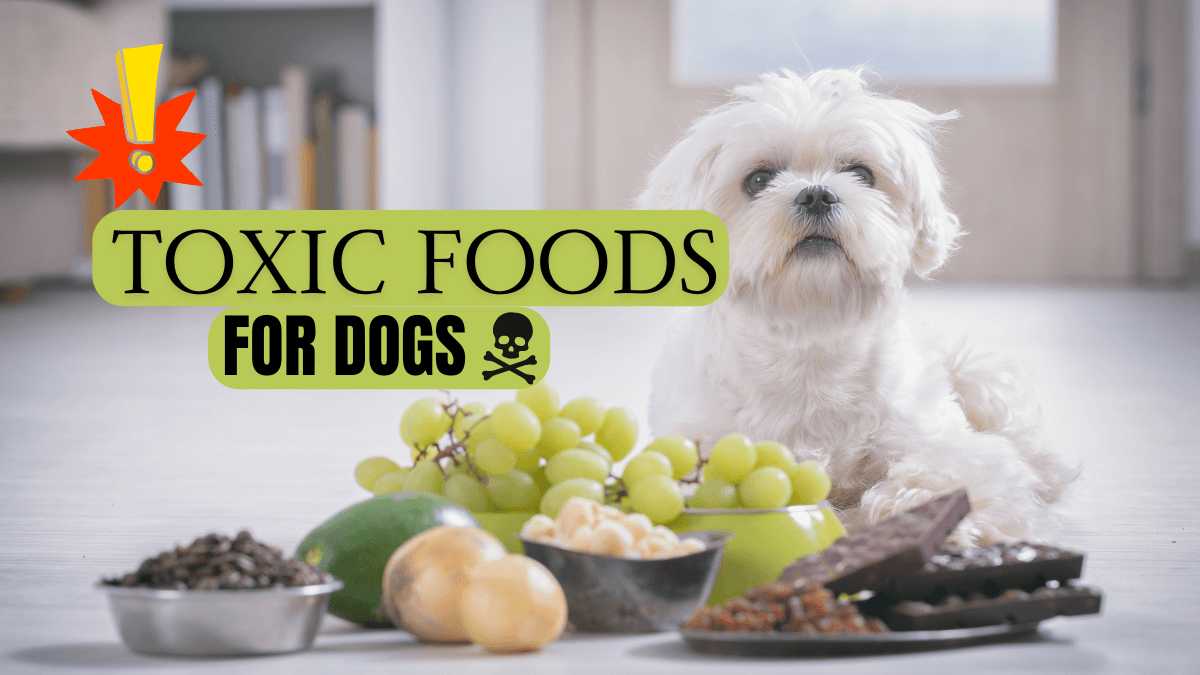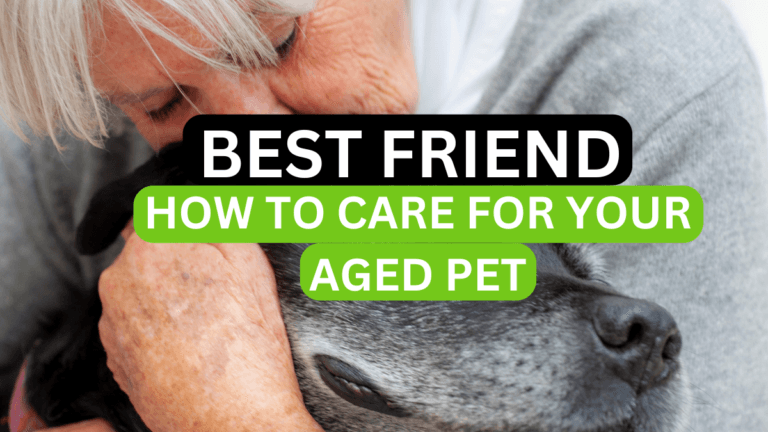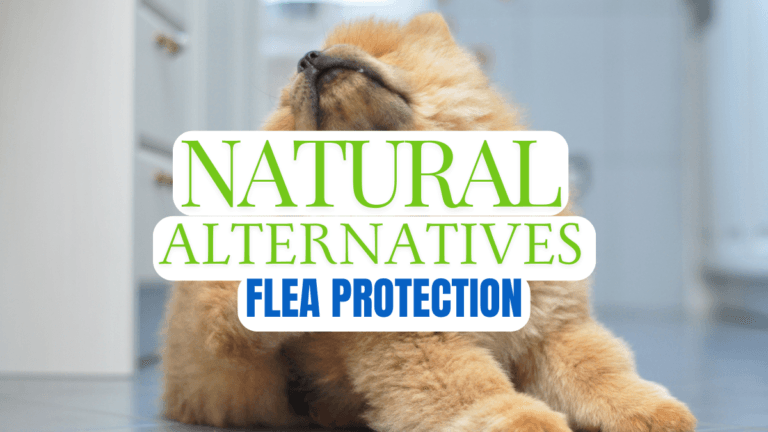10 Toxic Foods for Dogs: What Pet Owners Need to Know
10 Toxic Food for Dogs: What Pet Owners Need to Know Facebook Youtube Instagram Table of Contents Toxic Food for Dogs As a pet owner, ensuring the health and safety of your dog is a top priority. While it’s common knowledge that dogs should not consume chocolate, there are…
10 Toxic Food for Dogs: What Pet Owners Need to Know
Table of Contents
Toxic Food for Dogs
As a pet owner, ensuring the health and safety of your dog is a top priority. While it’s common knowledge that dogs should not consume chocolate, there are many other foods that can be equally dangerous or even fatal to our furry friends. Understanding which foods are toxic to dogs can prevent accidental poisoning and ensure your pet remains healthy and happy. This detailed guide covers the most common toxic foods for dogs, symptoms of poisoning, and crucial steps to take if your dog ingests something harmful.
Chocolate
Why It’s Toxic: Chocolate contains theobromine and caffeine, which are toxic to dogs. The amount of theobromine varies with the type of chocolate, with dark chocolate and unsweetened baking chocolate being the most dangerous.
Symptoms:
- Vomiting
- Diarrhea
- Rapid breathing
- Increased heart rate
- Seizures
- Death (in severe cases)
Prevention Tip: Keep all forms of chocolate out of your dog’s reach and educate family members about its dangers.
Grapes and Raisins
Why They’re Toxic: The exact toxic substance in grapes and raisins is unknown, but even small amounts can cause acute kidney failure in dogs.
Symptoms:
- Vomiting
- Diarrhea
- Lethargy
- Loss of appetite
- Abdominal pain
- Kidney failure
Prevention Tip: Avoid feeding your dog grapes or raisins and be cautious of foods that may contain them, like trail mixes and baked goods.
Onions and Garlic
Why They’re Toxic: Onions, garlic, and other members of the allium family contain compounds that can damage dogs’ red blood cells, leading to anemia.
Symptoms:
- Weakness
- Vomiting
- Breathing difficulties
- Red or brown urine
- Anemia
Prevention Tip: Avoid feeding your dog foods seasoned with onions or garlic, including onion powder and garlic powder.
Avocados
Why They’re Toxic: Avocados contain persin, which can cause vomiting and diarrhea in dogs. The pit also poses a choking hazard.
Symptoms:
- Vomiting
- Diarrhea
- Abdominal pain
Prevention Tip: Keep avocados out of your dog’s diet and ensure they cannot access avocado trees or plants.
Alcohol
Why It’s Toxic: Alcohol can cause severe poisoning in dogs, affecting their central nervous system and potentially leading to coma or death.
Symptoms:
- Vomiting
- Diarrhea
- Difficulty breathing
- Tremors
- Coma
- Death
Prevention Tip: Never offer alcoholic beverages to your dog and keep all alcohol securely stored away.
Xylitol
Why It’s Toxic: Xylitol is a sugar substitute found in many sugar-free products like gum, candy, and baked goods. It causes a rapid release of insulin in dogs, leading to hypoglycemia (low blood sugar) and liver failure.
Symptoms:
- Vomiting
- Weakness
- Coordination loss
- Seizures
- Liver failure
Prevention Tip: Check labels for xylitol in all products and avoid feeding your dog anything containing this sweetener.
Caffeine
Why It’s Toxic: Caffeine, found in coffee, tea, energy drinks, and some medications, is a stimulant that can be deadly to dogs.
Symptoms:
- Restlessness
- Rapid breathing
- Heart palpitations
- Muscle tremors
- Seizures
Prevention Tip: Keep caffeinated beverages and products out of your dog’s reach.
Macadamia Nuts
Why They’re Toxic: Macadamia nuts can cause a range of symptoms in dogs, although the exact toxic mechanism is unknown.
Symptoms:
- Vomiting
- Weakness
- Hyperthermia
- Tremors
- Depression
Prevention Tip: Avoid feeding your dog any nuts, especially macadamia nuts, and be cautious of foods that may contain them.
Bones
Why They’re Dangerous: Cooked bones can splinter and cause choking, blockages, or perforations in your dog’s digestive tract.
Symptoms:
- Choking
- Vomiting
- Constipation
- Abdominal pain
Prevention Tip: Provide safe alternatives like commercial bone treats designed for dogs and avoid giving them cooked bones.
Fat Trimmings and Pan Drippings
Why They’re Dangerous: High-fat foods like fat trimmings and pan drippings can cause pancreatitis in dogs.
Symptoms:
- Vomiting
- Diarrhea
- Abdominal pain
- Lethargy
Prevention Tip: Feed your dog a balanced diet and avoid giving them fatty table scraps.
Steps to Take If Your Dog Eats Something Toxic
Identify the Toxin:
- Try to determine what and how much your dog has ingested.
Contact Your Veterinarian:
- Call your vet or an emergency animal hospital immediately for advice.
Induce Vomiting (if advised):
- Your vet may instruct you to induce vomiting, usually using hydrogen peroxide. Do not attempt this without professional guidance.
Provide Supportive Care:
- Follow your vet’s instructions, which may include giving activated charcoal to bind the toxin or administering fluids to prevent dehydration.
Monitor Symptoms:
- Keep a close eye on your dog for any worsening symptoms and seek immediate veterinary care if necessary.
Steps to Take If Your Dog Eats Something Toxic
| Step | Description |
|---|---|
| Identify the Toxin | Try to determine what and how much your dog has ingested. |
| Contact Your Veterinarian | Call your vet or an emergency animal hospital immediately for advice. |
| Induce Vomiting (if advised) | Your vet may instruct you to induce vomiting, usually using hydrogen peroxide. Do not attempt this without professional guidance. |
| Provide Supportive Care | Follow your vet's instructions, which may include giving activated charcoal to bind the toxin or administering fluids to prevent dehydration. |
| Monitor Symptoms | Keep a close eye on your dog for any worsening symptoms and seek immediate veterinary care if necessary. |
Knowing which foods are toxic to dogs is crucial for preventing accidental poisoning and ensuring your pet’s health and safety. Always keep dangerous foods out of reach, educate yourself about common toxins, and have emergency contact information for your vet readily available. By taking these precautions, you can enjoy peace of mind knowing you are protecting your beloved canine companion.
If you are in the Western Massachusetts area, please visit our Resources Page for the Emergency Veterinary Office Nearest You







